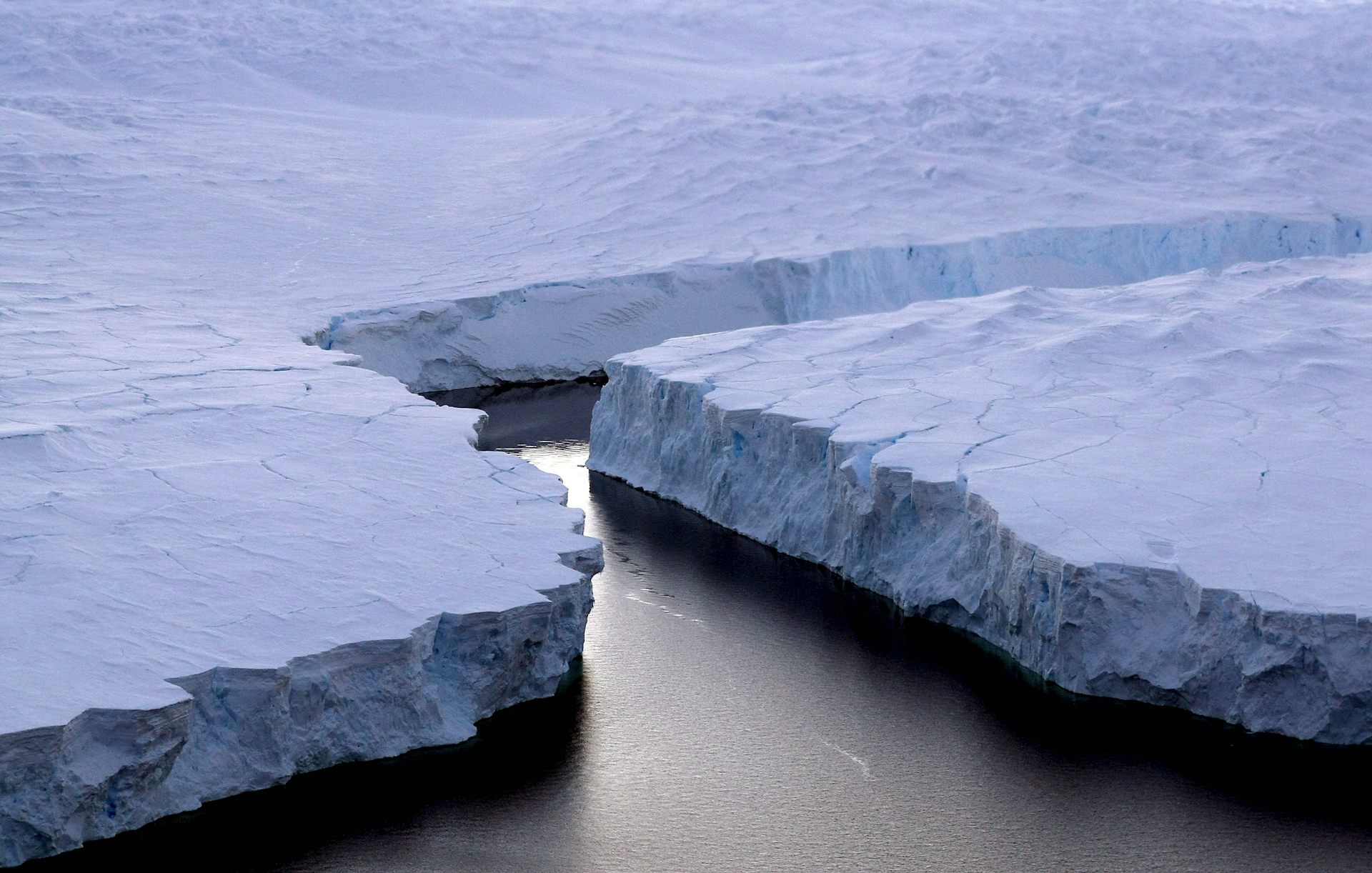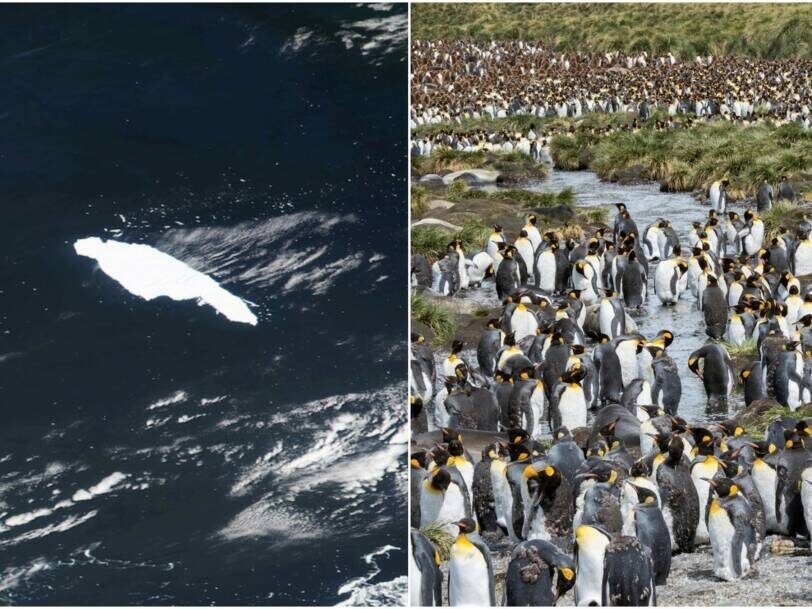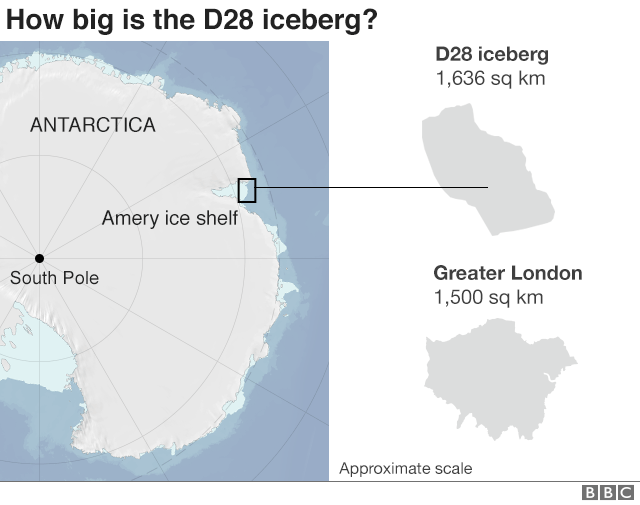

The team was unable to take the necessary core samples from the seafloor to properly age the bump because increasingly icy conditions around the glacier meant that they, too, had to swiftly retreat from the region, according to the statement. Researchers are unsure exactly when the glacier sat on top of the bump, but it was definitely within the last two centuries and was most probably sometime before the 1950s. Related: Alarming heat waves hit Arctic and Antarctica at the same time This means that the glacier was retreating almost three times faster than it was between 20, when it was receding at a rate of around 0.5 miles (0.8 km) per year, according to satellite data. "It really blows my mind how beautiful the data are." However, the eye-catching grooves on the seafloor are also cause for concern, he added.īased on the spacing of the ribs, the researchers estimated that when the Thwaites glacier was anchored on the bump, the icy mass retreated at a rate of between 1.3 and 1.4 miles (2.1 and 2.3 km) per year. "It's as if you are looking at a tide gauge on the seafloor," study lead researcher Alastair Graham, a geological oceanographer at the University of South Florida, said in the statement. (Image credit: Alastair Graham/University of South Florida) The seafloor map of the bump shows the parallel grooved lines, or ribs, spread across the grounding point's surface. During neap tides, high tides are lower and low tides are higher.)

(During spring tides, high tides are higher and low tides are lower. The varying depths and spaces between the ribs match the cycle of spring and neap tides, with the glacier being moved farther and with greater force during the former. It is the largest fragment of the world's previous biggest iceberg, the Rhode Island-size A-76, which broke off from the western side of Antarctica's Ronne Ice Shelf in May 2021 and later. Each rib represents a single day collectively, the lines map out the gradual movement of the glacier over a period of around 5.5 months. These ribs are actually imprints that were left behind as the high tide briefly lifted the glacier off the seafloor, which slightly nudged the ice mass further inland before the low tide lowered it back down. The spaces between the ribs range short and wide, between 5.2 and 34.4 feet (1.6 and 10.5 m) apart, but they are most commonly around 23 feet (7 m) apart. These strange-looking grooves, which are also known as ribs, are between 0.3 and 2.3 feet (0.1 and 0.7 m) deep.

The resulting map showed that the bump is covered with around 160 parallel grooved lines that give it a barcode-like appearance.
#ANTARCTICA ICEBERG SIZE CRACK#
Researchers mapped out the bump using the underwater robot Rán (named after the Norse goddess of the sea), which spent around 20 hours scanning a 5-square-mile (13 square kilometers) section of the former grounding point. A large iceberg about 20 times the size of Manhattan broke off the Brunt Ice Shelf in the Weddell Sea section of Antarctica during the past day, following the buildup of a large crack in the. "We should expect to see big changes over small timescales in the future." Reading between the lines "Thwaites is really holding on today by its fingernails," study co-author Robert Larter, a marine geophysicist with the British Antarctic Survey, said in the statement. This scenario could become more likely in the future if increasingly warmer waters melt away the glacier's guts, according to the statement. “Over coming weeks or months, the iceberg may move away or it could run aground and remain close to Brunt Ice Shelf,” Francis said in the statement.Researchers say the new map is like a "crystal ball" showing us what could happen to the glacier in the future if it becomes detached from its current grounding point - which is around 984 feet (300 m) below the surface - and gets anchored to a deeper one like the bump. Scientists are now watching the iceberg to see what it will do next.

“Change in the ice at Halley is a natural process and there is no connection to the calving events seen on Larsen C Ice Shelf, and no evidence that climate change has played a significant role,” according to the BAS. The ice shelf flows toward the sea at a rate of about 2 kilometers per year and icebergs break off at irregular intervals. There have been six Halley Research Stations in place on the Brunt Ice Shelf since 1956 to make atmospheric and space weather observations. Is an iceberg weighing hundreds of billions of tons on a penguin collision course?Īn even bigger iceberg broke away from the Larsen C Ice Shelf in 2017 and floated into the open ocean late last year. Iceberg A68a, photographed by European Space Agency satellite Sentinel-3 on December 9, approaches South Georgia in the South Atlantic.


 0 kommentar(er)
0 kommentar(er)
